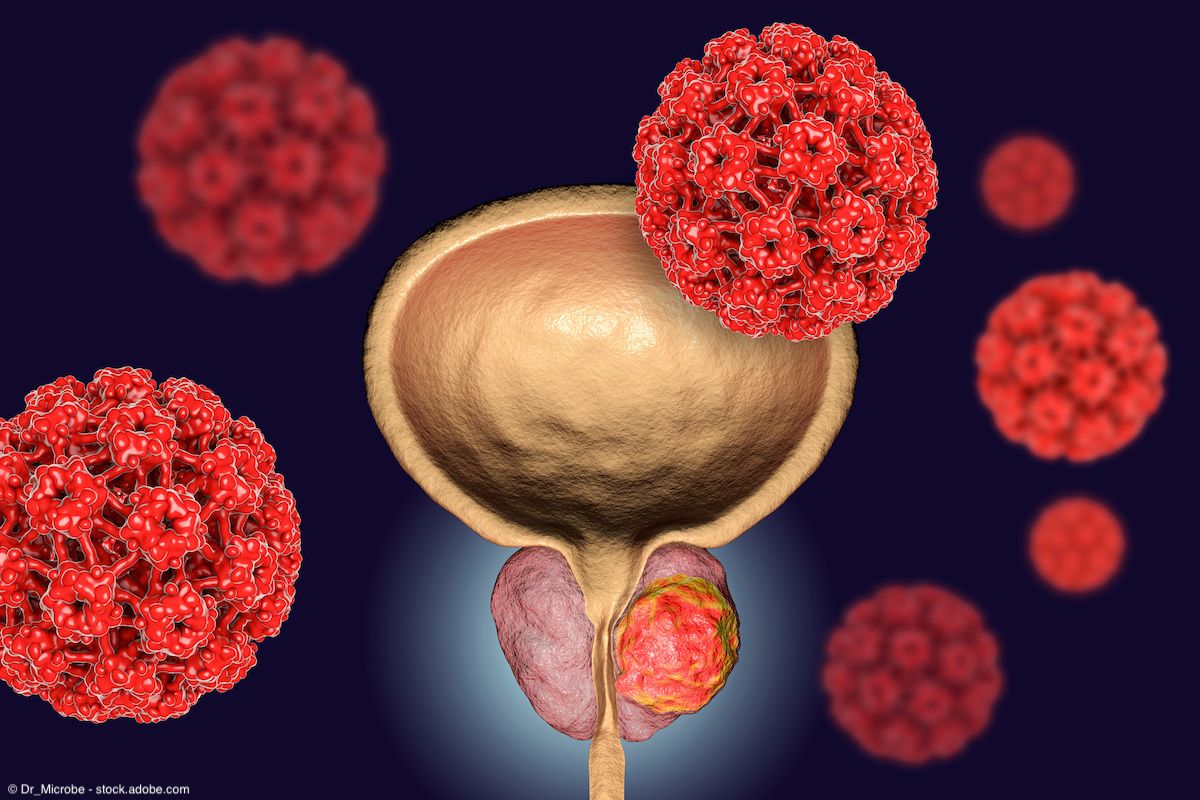News
Article
Study: Prostatype superior to standard prediction systems for prostate cancer mortality
Author(s):
In predicting PCSM at 10 years, the area under the curve with the P-score was 0.93, compared with 0.81 with D’Amico and 0.88 with CAPRA.
The Prostatype risk score (P-score) demonstrated superior prognostic value in predicting prostate cancer–specific mortality (PCSM) at 10 years compared with the D’Amico and the UCSF Cancer of the Prostate Risk Assessment (CAPRA) scores, according to recent findings published in The Prostate.1
"A prognostic test like Prostatype is an invaluable tool when different treatment options are discussed," says Gerald L. Andriole Jr., MD.

When comparing the 3 risk scores, data showed that P-score, D’Amico, and CAPRA all performed similarly in predicting distant metastasis. However, in predicting PCSM at 10 years, the area under the curve (AUC) with the P-score was 0.93 (95% CI, 0.89-0.98), compared with an AUC of 0.81 with D’Amico (95% CI, 0.72-0.90; P < .001) and an AUC of 0.88 with CAPRA (95% CI, 0.80-0.96; P < .05). Further, a decision curve analysis showed a higher net benefit in using the P-score compared with D’Amico and CAPRA.
"Both overtreatment and undertreatment of prostate cancer are major problems with very serious consequences for the patient. A prognostic test like Prostatype is an invaluable tool when different treatment options are discussed, and the results from this very well-conducted study show that the results are superior to today's golden standard methods, which increases confidence in the P-score as a valuable decision aid,” said Gerald L. Andriole Jr., MD, in a news release on the findings.2 Andriole is the chief medical director at Prostatype Genomics.
In total, 316 patients who were diagnosed with prostate cancer between 2008 to 2010 at Skåne University Hospital in Sweden were included in the study. Among all patients, 120 (38%) received conservative treatment (active surveillance, watchful waiting, or androgen deprivation therapy) and 196 (62%) received curative treatment (radical prostatectomy or radiation therapy). The median follow-up among all patients was 8.8 years (IQR, 7.2-9.9).
Archived formalin-fixed paraffin-embedded core needle biopsy samples were collected to measure the expression levels of 3 genes (IGFBP3, F3, and VGLL3). P-scores were calculated using the gene expressions and clinical parameters of Gleason, prostate-specific antigen (PSA) value, and tumor stage. The P-score was then compared with D’Amico and UCSF-CAPRA scores in predicting PCSM, distant metastasis, and adverse pathological outcomes.
Data showed that P-score was predictive for both PCSM (HR, 1.6) and distant metastasis (HR, 1.46). A higher P-score was correlated with pathologic tumor stage T3-4 (P < .0001) and ≥ grade group 3 in International Society of Urological Pathology (ISUP) grading (P < .0001) among patients who had undergone radical prostatectomy.
The investigators also re-evaluated the predictive power of each risk score according to Gleason scores with the ISUP 2014 grading system. The P-score demonstrated equivalent predictive power upon Gleason regrading, while most patient scores with D’Amico and CAPRA were upgraded according to ISUP 2014.
The authors concluded, “In this validation study, we showed high prognostic value and improved accuracy of a novel risk stratification score, the P-score, in predicting PCSM compared [with] D'Amico and CAPRA… Therefore, incorporating the P-score into clinical practice, particularly for localized [prostate cancer], may provide a useful support tool for patients and their doctors to make an informed decision between curative or conservative treatment.”
References
1. Saemundsson A, Xu LD, Meisgen F, Cao R, Ahlgren G. Validation of the prognostic value of a three-gene signature and clinical parameters-based risk score in prostate cancer patients [published online ahead of print June 8, 2023]. Prostate.doi:10.1002/pros.24530
2. Prostatype Genomics AB: Prostatype superior in new study published in The Prostate. News release. Prostatype Genomics AB. August 21, 2023. Accessed August 22, 2023. https://www.prnewswire.com/news-releases/prostatype-genomics-ab-prostatype-superior-in-new-study-published-in-the-prostate-301905697.html
Newsletter
Stay current with the latest urology news and practice-changing insights — sign up now for the essential updates every urologist needs.

















